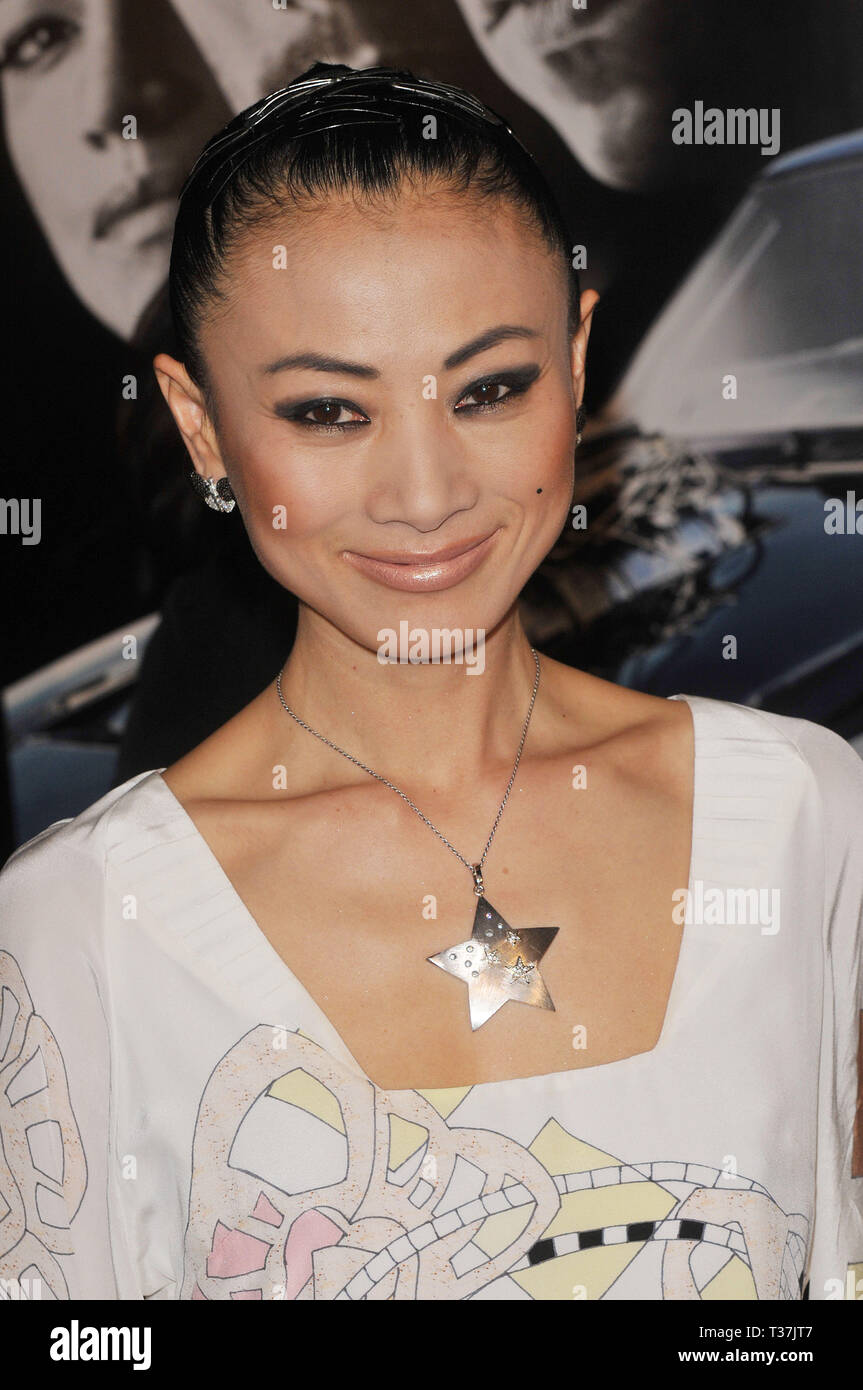


The United Nations 2030 Agenda for Sustainable Development, including the Sustainable Development Goals (SDGs), are considered central to fashion – the sector being the second largest polluting industry in the world. Footnote 6 While there are particularities in certain countries and regions where textiles, clothing and footwear (TCF) form a large portion of national exports, the problem is a global one, requiring a global solution. Rana Plaza is just one example that is symptomatic of a larger global fashion sector in which gender inequalities remain rife. Footnote 5 Furthermore, the challenges posed in trying to delineate responsibility between factories on the one hand, and sourcing companies (the brands) on the other, too often results in these sourcing companies avoiding responsibility. Footnote 3 While the collapse triggered mass protests and what some have called ‘unprecedented international scrutiny’, Footnote 4 years on, accountability for the resulting safety accords remains insufficient as many factories continue to escape scrutiny. Footnote 2 The collapse has been described as the worst garment factory disaster in modern human history. These protests catalysed major law reforms in the United States of America (USA) including social security and unemployment insurance, abolition of child labour, the setting of a minimum wage, and agreements on the right to join a union, all of which are enjoyed today.ĭespite the century in between, parallels can be drawn between the 1911 Manhattan factory fire and the 2013 collapse of the Rana Plaza in the Savar Upazila district of Dhaka, Bangladesh, in which 1,134 people were killed and 2,500 were injured, mostly young women. Footnote 1 In the years that followed, women workers mobilized. In a garment factory fire in Manhattan on 25 March 1911, over 100 people, mostly Jewish and Italian women migrants, some as young as 14, died as the factory burnt to the floor because management had locked the doors. Its principal contribution is a set of six requirements to ensure a gender perspective to the fashion industry’s role in implementing the SDGs. The article unpacks concepts such as sustainability, the circular economy, social responsibility, and ethical fashion, and places the experiences of women workers within this context. By drawing on international women’s rights law and sustainable fashion, we demonstrate how sustainability and gender justice are intimately connected, and illustrate what role the SDGs can play in promoting sustainable outcomes that are gender-just.

In this article, we suggest that greater accountability could be achieved through the application of a human rights-informed understanding of the Sustainable Development Goals (SDGs) to promote gender justice in the sector.

As the spotlight on this incident dims, the need to hold the fashion sector accountable remains. The 2013 collapse of the Rana Plaza in Bangladesh brought global visibility to the human rights abuses experienced by women workers in the garment sector.


 0 kommentar(er)
0 kommentar(er)
